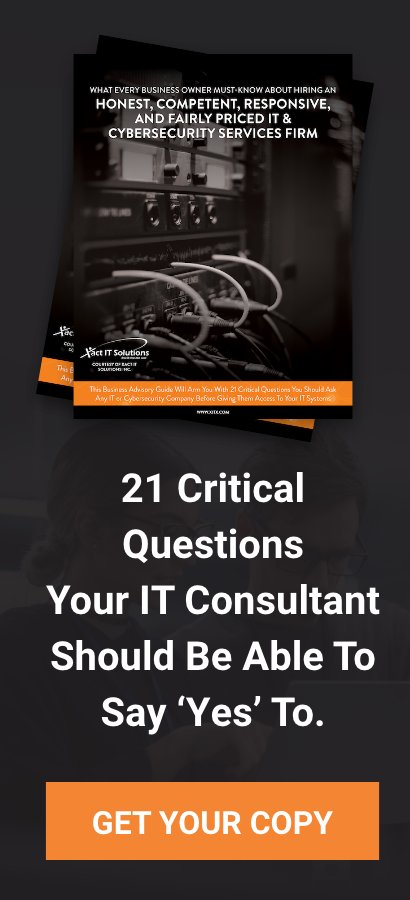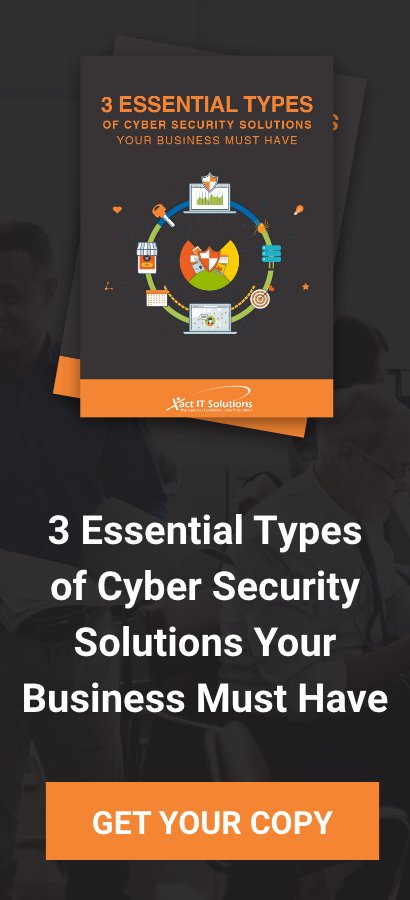April Fools' Day is known for pranks and practical jokes. Sadly, fraudsters frequently use this occasion to conduct attacks on unsuspecting victims. Here are a few reasons why you should be extremely cautious about cybersecurity on April Fools' Day.
Phishing Scams
One of the most popular sorts of cyberattacks is phishing, and it can be especially effective on April Fools' Day.
Don’t Let Pranks Compromise Your Cybersecurity on April Fools’ Day

We have a new National Cybersecurity Strategy, what does it mean?
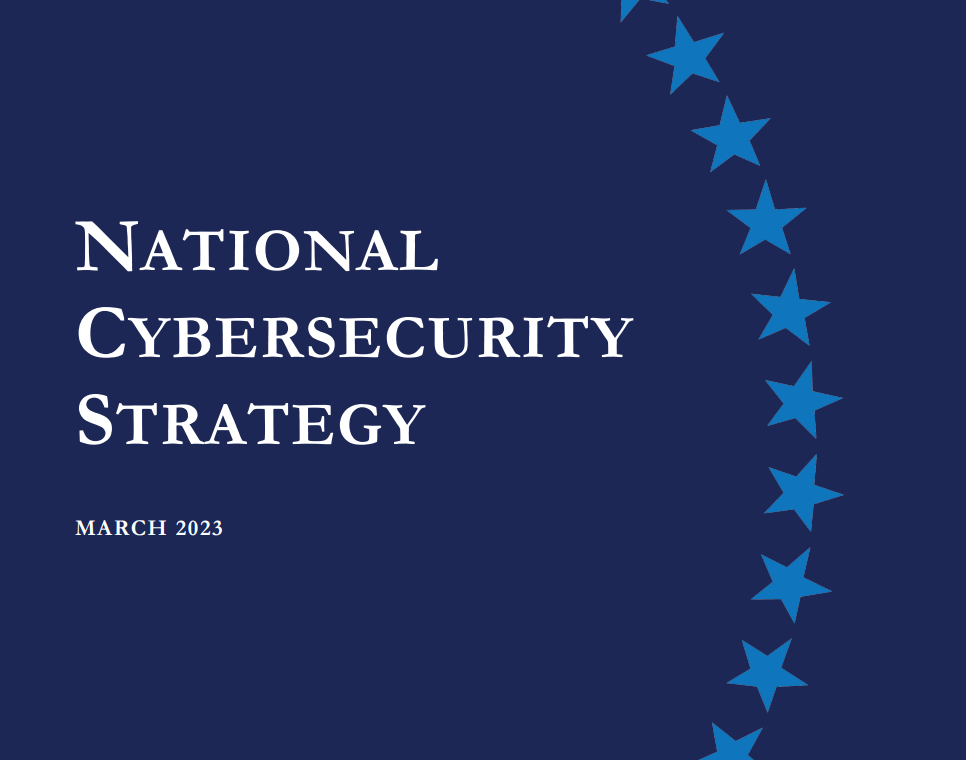
In this 39-page document . . .
The Biden administration starts off by recognizing that cybersecurity is here to stay, that this is something that everybody should learn to live with and do as part of their use of technology. The document also says that the administration is investing 65 billion to make sure every American has access to reliable and high-speed internet.
How to Choose the Best Co-managed IT Partner for your Business
Stepping Up Your Cybersecurity with Defense in Depth (DiD)
Think like a Hacker: Get to know the hacking techniques and how to combat them

To evade security measures, cybercriminals are constantly exploring new tactics. Thus, it is crucial to adopt a hacker's mindset and employ preemptive measures to outsmart them. Defense in Depth (DiD) is a strategy that helps accomplish this.
According to the National Institute of Standards and Technology (NIST), DiD involves using various security measures in a layered or stepwise approach to achieve security objectives.
Building Resilient Defense Strategies Against Insider Threats

Insider threats are a serious concern in the realm of cybersecurity. Unfortunately, many organizations of all sizes either neglect or are hesitant to address this issue.
To address this critical problem, this blog post aims to highlight the various types of insider threats, the severe harm that they can cause, the user attributes that can increase the risk of such threats, and the security controls that should be put in place to prevent and protect against these types of threats.
Top 4 Co-Managed IT Myths
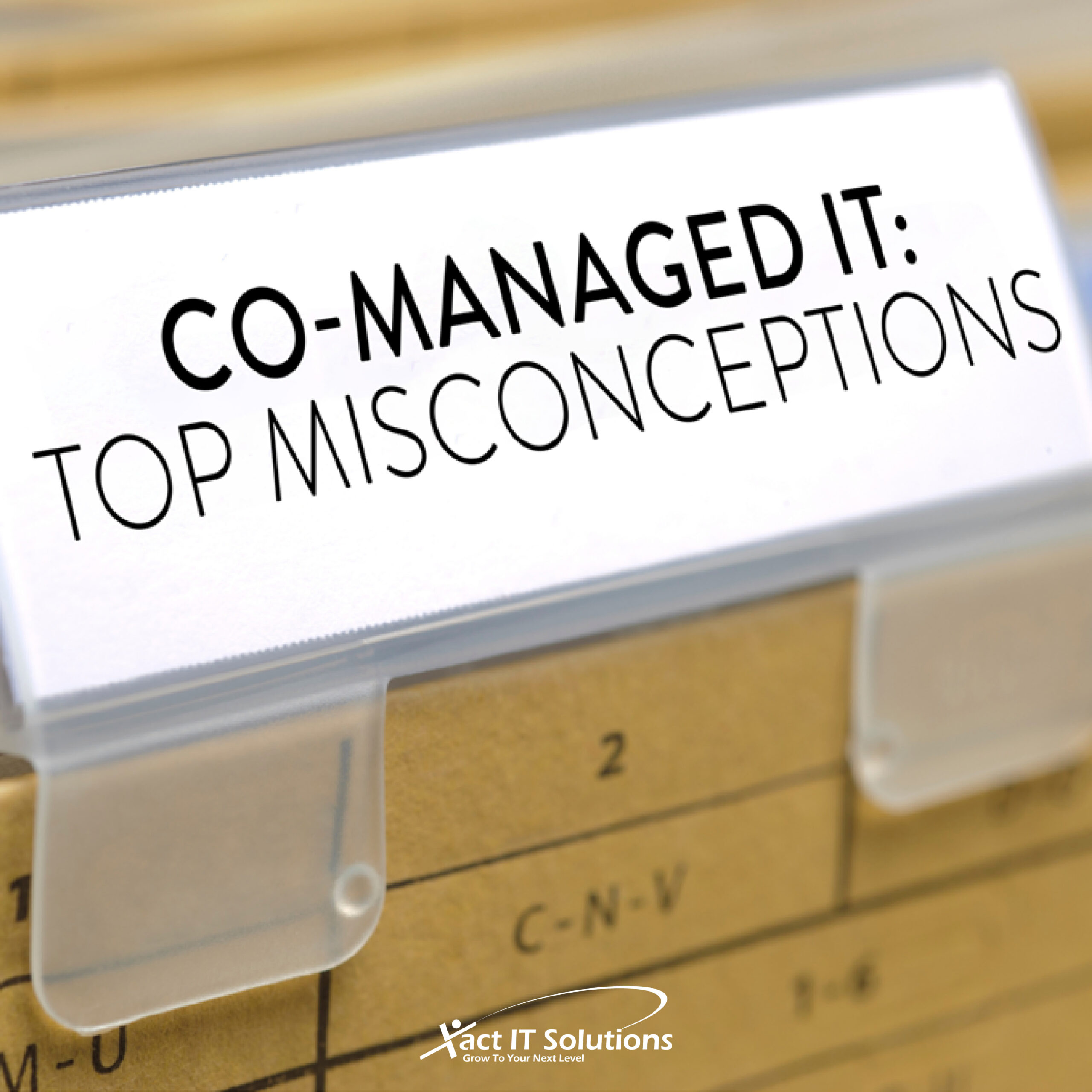
As a business owner, you may be torn between relying solely on your internal IT staff or outsourcing to an IT service provider. But what if there was a third option that combined the benefits of both?
Co-managed IT might just be the solution for you!
Using a co-managed IT service can fill IT gaps without having to source, train, and retain expensive IT talent.
Does Your Business Need Co-Managed IT?

When considering how to handle the management of your business's IT infrastructure, there are various options available. One option is to opt for fully managed IT, where an IT service provider takes care of all aspects of your IT needs, including monitoring, maintenance, troubleshooting, and problem resolution.
Everyone Is Getting Hacked, “Don’t Pay The Ransom” FBIs Wray Says
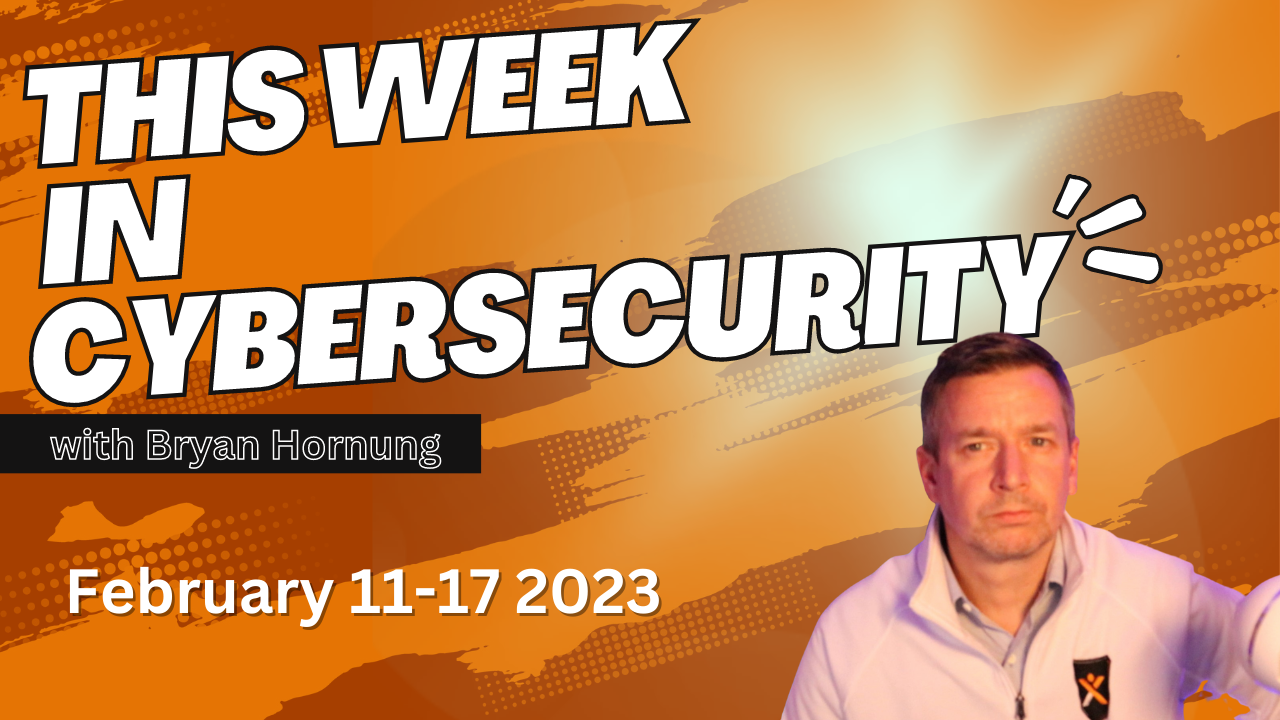
In the news
The city administration of Oakland, California has declared a state of emergency due to various issues that they are facing after they have been hit by a ransomware attack on February 8. These issues include the city being ill-prepared for a cyber-attack, having old and aging infrastructure, limited resources, and outdated IT systems.
Factors to consider when buying antivirus software

Cyberattacks can come for any business, regardless of size or scope. Small- and mid-sized businesses, in particular, are facing an increasing risk from cybercriminals who know that these organizations often lack sufficient protective measures. With a variety of threats becoming more dangerous, it’s essential to ensure your cybersecurity solutions are up to par.



